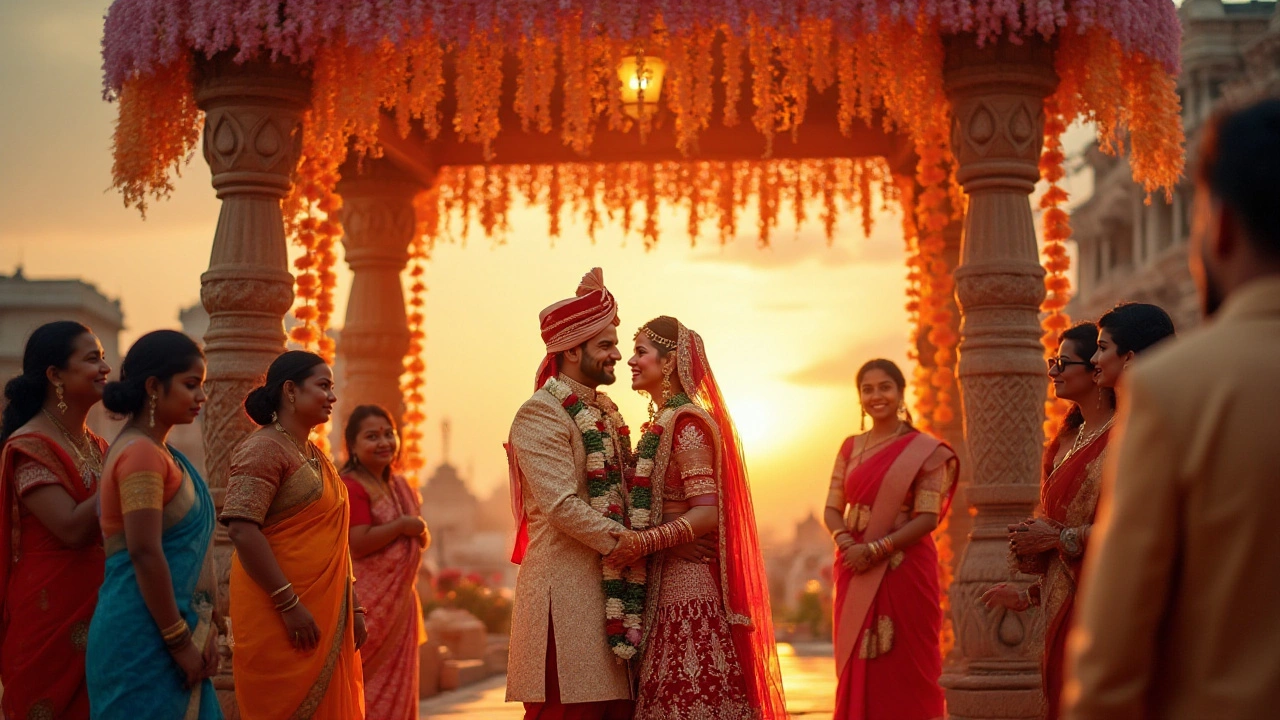
Planning a wedding involves countless decisions, one of which is determining how long to have your photographer on site. It's a choice that influences not only your wedding album but also your budget. The duration of coverage needed depends on various aspects of the day's events and sequences, including the scale of the wedding, location, traditions, and personal priorities.
While some may think a few hours are enough, others might prefer their photographer to stay around for every moment, from pre-ceremony preparations to the last dance. Knowing what moments are most important for you as a couple can help guide this decision. After all, each wedding is unique, and so is what's worth capturing.
- Understanding Wedding Day Flow
- Key Moments to Capture
- Balancing Budget and Coverage
- Communicating with Your Photographer
- Flexibility and Unexpected Moments
Understanding Wedding Day Flow
A wedding day, while magical, is a complex tapestry of events and emotions. Each segment of the day holds its own vibe and significance, reflecting the individuality of the couple and their journey. From the serene anticipation in the morning to the joyful crescendo as the night unfolds, each part of the day begs to be captured uniquely. To decide how long your wedding photographer should accompany you through this journey, it’s vital to understand the flow of typical wedding events and what each part entails.
The day often begins with the 'getting ready' segment, an intimate glimpse into the excitement of the morning. Imagine the bride surrounded by loved ones, their laughter echoing as she steps into her dress. It's a time filled with soulful details—those candid smiles, the polish of the wedding shoes, a parent’s tearful but proud gaze. According to wedding photographer Susan Stripling, "These morning moments are the quiet preludes to the whirlwind of the day."
"The getting ready process is much more than makeup and hair. It’s a narrative of transformation, emotional build-up, and anticipation," she explains.
As the day progresses, the wedding ceremony steals the spotlight. It's a pivotal moment, deeply rooted in tradition, whether you choose a grand cathedral or a quaint garden for the setting. This is where your photographer's art truly manifests—capturing those permanent looks in the couple's eyes and the ceremonial gestures passed down through generations. Many couples want full coverage here to document the vows, ring exchanges, and that electrifying first kiss as a married pair. Christopher Anderson, renowned for his emotive work, emphasizes, "Capturing the essence and commitment of a couple during their ceremony is akin to painting their first portrait as a unified entity."
Then comes the reception, often a lively affair where the formal meets the festive. There's the grand entrance, speeches that range from heartfelt to humorous, and the inevitable dance where everyone lets loose. Every segment—from the first dance to the cake cutting—offers a different photographic opportunity, allowing your photographer to chronicle the atmosphere and unique personal touches. Each click creates everlasting memories that tell your story. Wedding planners often recommend a photographer's presence through the key reception events and moments that echo family warmth and jubilation.
Some receptions evolve into a night-long festivity, blending music and merriment. For couples eager to have those late-night moments documented—the ones where the tuxedo ties loosen and everyone's become a pop star on the dance floor—extending the photographer’s coverage until the final moments is worth considering. Deciding how long your photographer stays isn’t merely about filling an album. It’s about ensuring your timeless moments are captured, making the reminiscence as joyful as living through them. Each decision regarding event coverage must align with your aspirations and the day's flow.
Key Moments to Capture
Weddings are an orchestrated symphony of emotions, colors, and traditions, where every glance and gesture speaks volumes. Deciding which moments your wedding photographer should capture is akin to crafting a timeless narrative of your special day. Each frame woven together tells the story of love, union, and joy. Many couples yearn for these significant instances to be preserved forever, so identifying them is crucial.
Start the day with the often-overlooked pre-ceremony events. Captivating shots of the bride and groom preparing for the ceremony provide a backstage glance at nervous excitement and heartfelt anticipation. Photographers often find potent imagery in the bride’s reflection in the mirror as she adjusts her veil or the groom's steadfast expression as he ties his bowtie. Intimate individual portraits of each partner in these moments set the tone for the day.
The hallmark of a wedding is, without doubt, the ceremony itself. Capturing the pivotal exchange of vows requires deftness and presence. It’s not just about photographing the words but emulating the sentiment that lingers in the air. A talented photographer will frame the soft lighting of the venue, the reactions of the attendees, and the subtle exchange of joyous tears. As a wise photographer once stated, "A great photograph is one that fully expresses what one feels, in the deepest sense, about what is being photographed."
Ansel Adams's eloquence reminds us of photography's profound power to evoke emotion.
After the vows, the possibilities branch out like the spreading boughs of a tree. The reception, with its celebratory vibrance, offers a plethora of unique moments to capture. From the clinking of glasses during heartfelt toasts to the warm laughter of friendship, each photograph becomes a timeless expression of communal joy. The choice to focus on candid shots during these moments often yields the most authentic captures, revealing the uninhibited beauty of the day's events.
Meanwhile, never underestimate the impact of traditional posed photographs. Assemble both family and friends for group portraits that will undoubtedly be cherished by generations to come. These photographs serve as historical documentation of social and familial bonds. Prioritize these organized shots early in the reception when the day’s luster is still fresh in everyone’s eyes, ensuring vibrancy and enthusiasm in each click.
Lastly, the concluding moments of the evening should not be missed. Capturing the first dance, the throwing of the bouquet, and the couple's departure can be symbolic, reinforcing the wedding's narrative arc. These final frames mark the transition from a day of celebration to a lifetime of union.
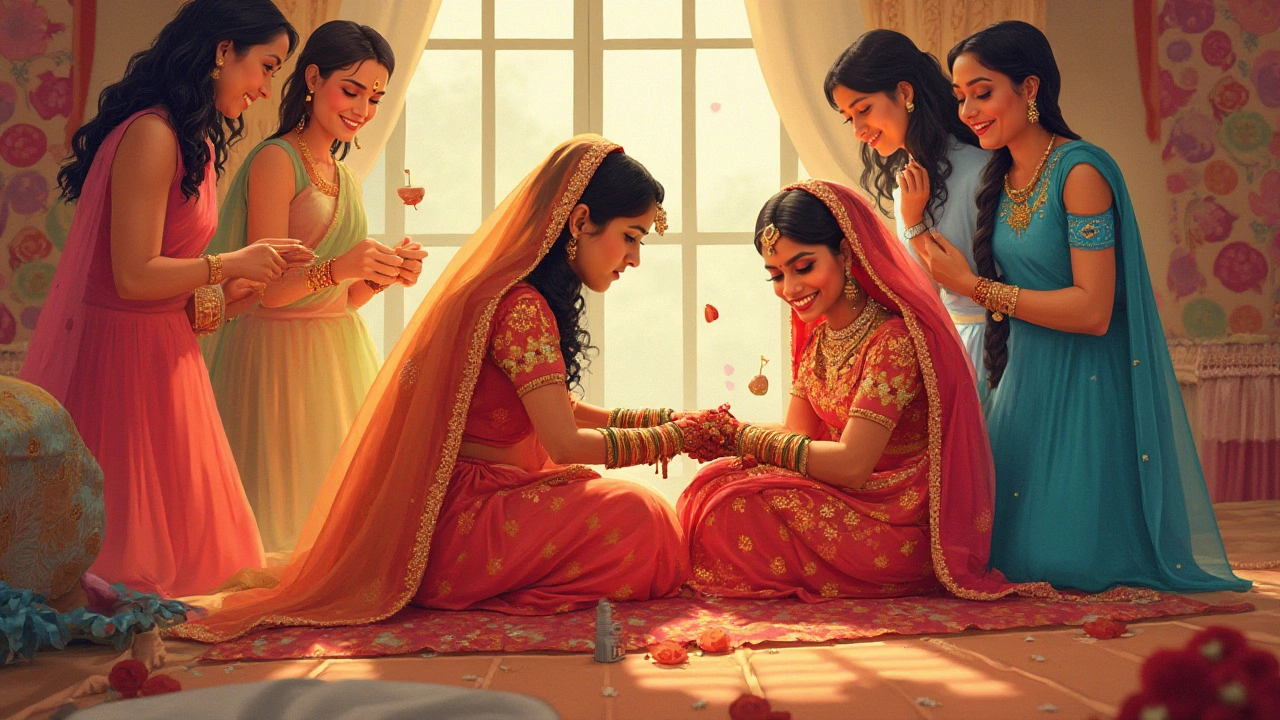
Balancing Budget and Coverage
Weddings often come with the challenge of managing multiple expenses while striving to make sure that the day is remembered perfectly. When it comes to wedding photography, determining the right balance between budget and ample coverage can seem daunting, yet it is entirely manageable with some thoughtful planning. The key is understanding that not every moment needs to be captured professionally, but the significant ones surely do. Couples should consider prioritizing specific timeframes and events during the day that are most meaningful to them.
Starting with the pre-ceremony shots, capturing the excitement and nervous anticipation can be invaluable. From there, the ceremony itself, full of fleeting moments – the look on your beloved's face as you walk down the aisle, or the first kiss as a married couple – is irreplaceable. However, the couple should evaluate what comes before and after. For instance, staying until the dance floor is packed may be necessary for some, while others might feel those moments captured by guests would suffice.
Money plays a significant role, undeniably. On average, couples can spend anywhere between $2,500 to $10,000 on wedding photography in the United States, depending significantly on experience, location, and package details. One helpful strategy is to discuss flexible packages with the photographer. This flexibility allows you to focus resources on the highlights of the celebration rather than a blanket coverage approach. Remember to ask photographers if they offer customizable packages, which can include a second shooter staying for a shorter duration or editing costs adjustments.
According to Brides.com, "Couples who planned well in advance and shared their day-of schedule with photographers were able to save on extended hours, ultimately prioritizing their spending on the momeThey valued most."
Photography isn't merely a service; it's an art. Thus, aligning your vision with the photographer's style can also affect budgetary decisions. Sometimes, fewer hours with a more aligned photographer might mean getting the best photos rather than opting for a longer coverage that produces less impactful images due to a style mismatch. Couples are encouraged to have detailed discussions pre-booking, which will aid in transparency regarding what a photographer is able to deliver within both the time and financial constraints.
Last but not least, understanding the value of vendors' expertise cannot be overrated. They often provide not just the service contracted but can also deliver recommendations and tricks, such as optimal lighting times or alternate ways to capture must-have shots within a limited timeframe. Simple considerations like opting for coverage that begins with the tail end of bridal preparations or ending after major reception traditions, can make a big difference in ensuring funds are used wisely.
Communicating with Your Photographer
When planning your wedding, effective communication with your photographer is vital for capturing those cherished moments. Start by discussing your vision for the day, detailing specific shots and emotions you want encapsulated. Understanding your photographer's style and approach is just as important as them understanding your desires. Having a conversation about style can help to align your mutual expectations. Ask about their favorite kinds of shots—whether candid or posed—and share examples of photos you love. This exchange can help them tailor their approach to your vision, creating a personalized photography package that reflects the essence of your relationship.
Another step in this dialogue is discussing the timeline of events. Not every couple has a detailed to-the-minute schedule, but reviewing the main events with your photographer is a smart move. Whether you're having a traditional ceremony or a more modern event, keeping them informed ensures they won't miss a beat. Discuss anything unique or spontaneous that might require extra time or attention. This way, they can prepare for lighting and equipment needs ahead of time.
Catherine Hall, a renowned wedding photographer, states, "A photographer's role is to document the story of your day. Open communication lets them know which chapters are most important to you."
Managing expectations is essential, especially when it comes to deliverables. Be upfront about what you're looking for in terms of number of photos, editing styles, and timelines for when you can expect to receive your images. Discuss any specific must-capture shots, such as family portraits, venue details, or sentimental moments. Make a checklist if necessary, but also trust in their ability to capture moments organically. Professional photographers value the freedom to employ their creativity, often capturing the magic you didn't even know was there.
Don't forget to explore the specifics of logistical arrangements, too. Clarify the hours of coverage and discuss any overtime policies, ensuring there's no ambiguity if the celebrations go longer than anticipated. Similarly, inquire about backup plans in case of unforeseen circumstances, such as equipment malfunctions or illness. Photographers usually have contingency plans, additional staff, or network contacts to handle unexpected situations smoothly. Having these discussions beforehand ensures peace of mind, allowing you to enjoy your day without worrying about the details.
Finally, consider having a pre-wedding shoot or engagement session with your chosen photographer. This gives you both an opportunity to work together before the big day, fostering familiarity and trust. It allows your photographer to get a feel for your chemistry and personality, which inevitably benefits the wedding day photography. Think of it as a trial run that offers insights into working styles and allows for any adjustments or improvements to be made. In doing so, you're not only hiring a professional but, perhaps, a new friend who truly understands the narrative you wish to tell through images.
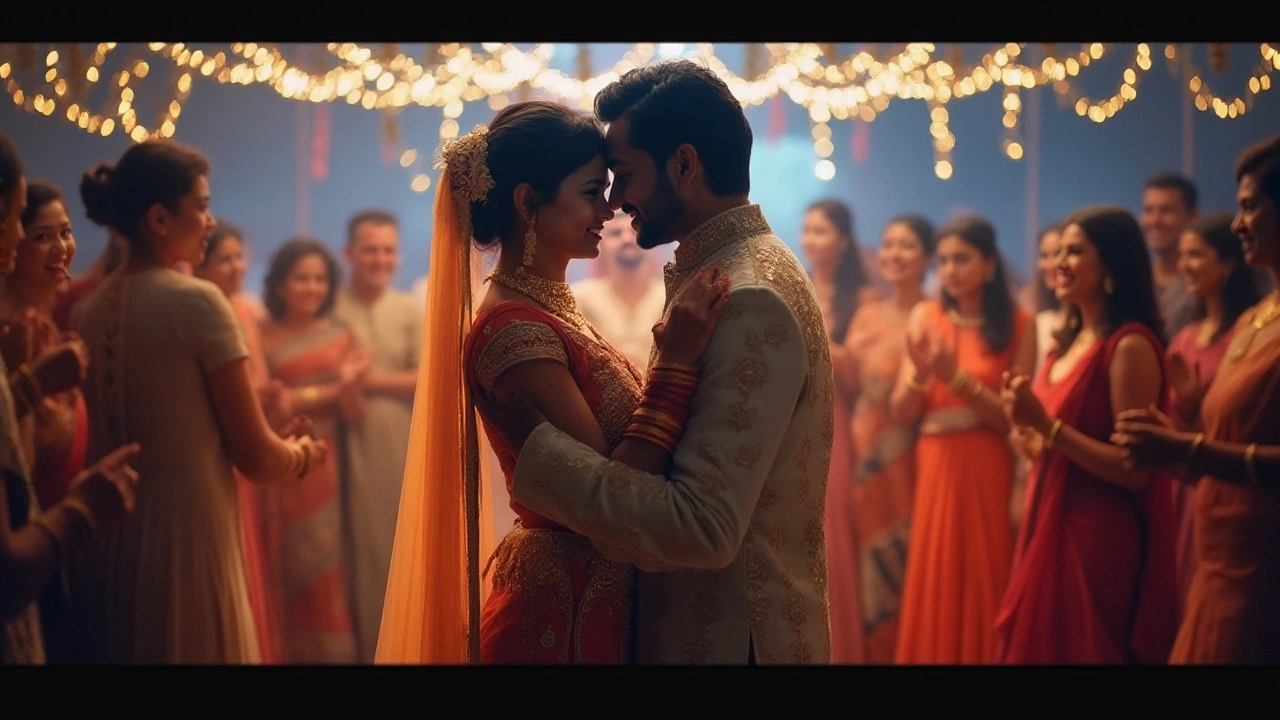
Flexibility and Unexpected Moments
Weddings are beautiful occasions full of planned events and impromptu surprises. While you may have a perfectly laid out schedule, it's crucial to incorporate flexibility into your day. A seasoned wedding photographer not only covers the predefined moments but also adapts to capture those unexpected, candid interactions that bring your album to life. Experienced photographers know the art of being discreet, finding the laughter between poses, the unexpected tears of joy, and the fleeting expressions that a rigid plan wouldn't ever anticipate. These spontaneous moments often create the most cherished memories, providing a true reflection of the emotions that run deep during such poignant celebrations.
A key factor in accommodating the unexpected is building a buffer into your schedule. Consider how traffic, weather, or any spontaneous celebration could affect timelines. An overrun schedule might initially add stress, but flexibility allows these little hitches to become simple diversions rather than disasters. This approach paves the way for more genuine photo opportunities that capture the essence of the event's unfolding magic. Including additional time means your photographer can linger awhile, catching the glow of twilight or the burst of laughter echoing toward the end of the night.
Moreover, keep in mind that memorable, unforeseen occurrences can add depth and beauty to your wedding photography, but they require a capable lens to seize. A well-planned approach gives photographers the chance to follow you through sudden downpours where guests dash for cover, impromptu speeches where emotion takes over, and even the deliriously happy chaos of a dance floor as an encore plays out long after intended farewells. Consider words from famed photographer Ansel Adams:
"You don't make a photograph just with a camera. You bring to the act of photography all the pictures you have seen, the books you have read, the music you have heard, the people you have loved."This encapsulates how a creative wedding photographer should remain open to these moments, allowing them to shape a story beyond what's written on a timeline.
To weave flexibility into your day, openly discuss the day's plan with your photographer. Clear communication about important events, fun peculiarities of your celebration, and how much coverage leeway the budget allows can optimize your photography experience. Invite them to share their insights, tips on managing unplanned moments, and see how they blend their artistry with your vision. This conversation does more than plan; it builds a collaborative partnership where all parties are ready for whatever surprises unfold.
Lastly, let your photographer know that while you have a list of must-have photos, such as key moments, family groups, and decor shots, they have the creative license to explore. Trust in their expertise can transform your wedding from a mere event planned to the last detail into a living, breathing tapestry of real moments—an album that narrates not just a ceremony, but the beginning of a journey livened by unexpected joys.
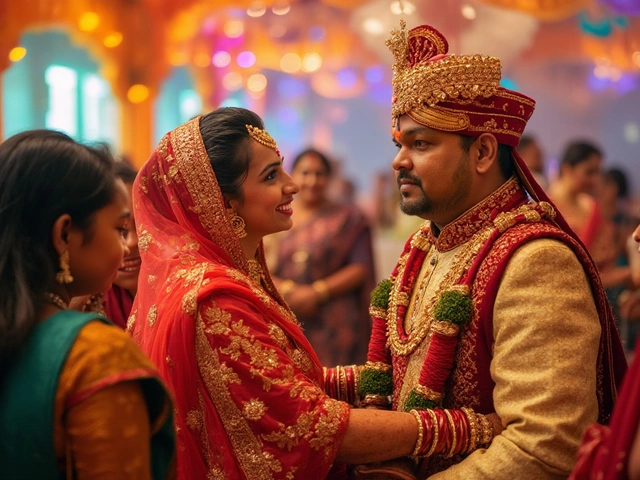
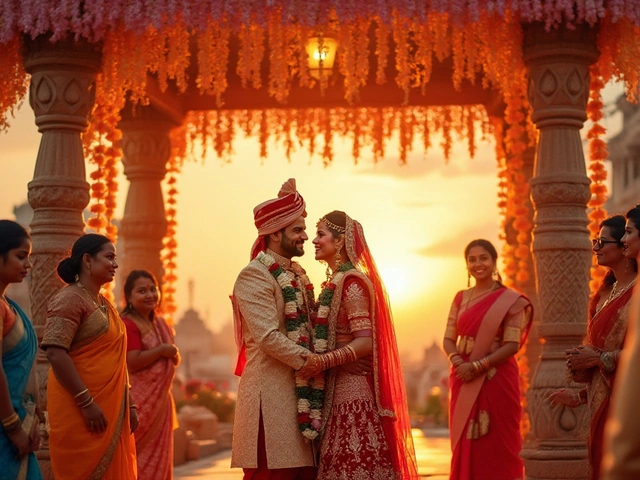
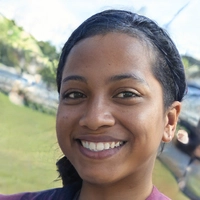
Comments
Post Comment